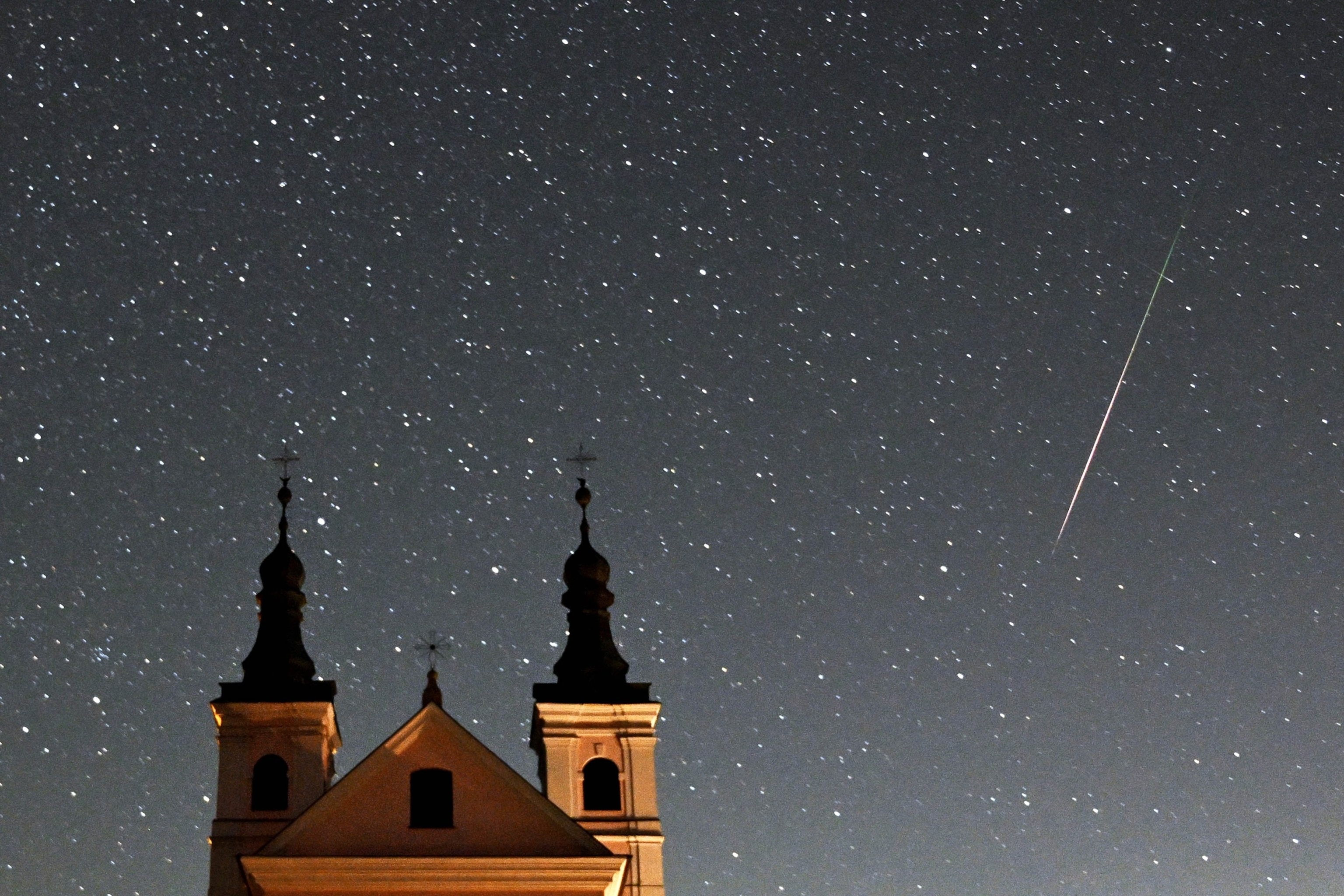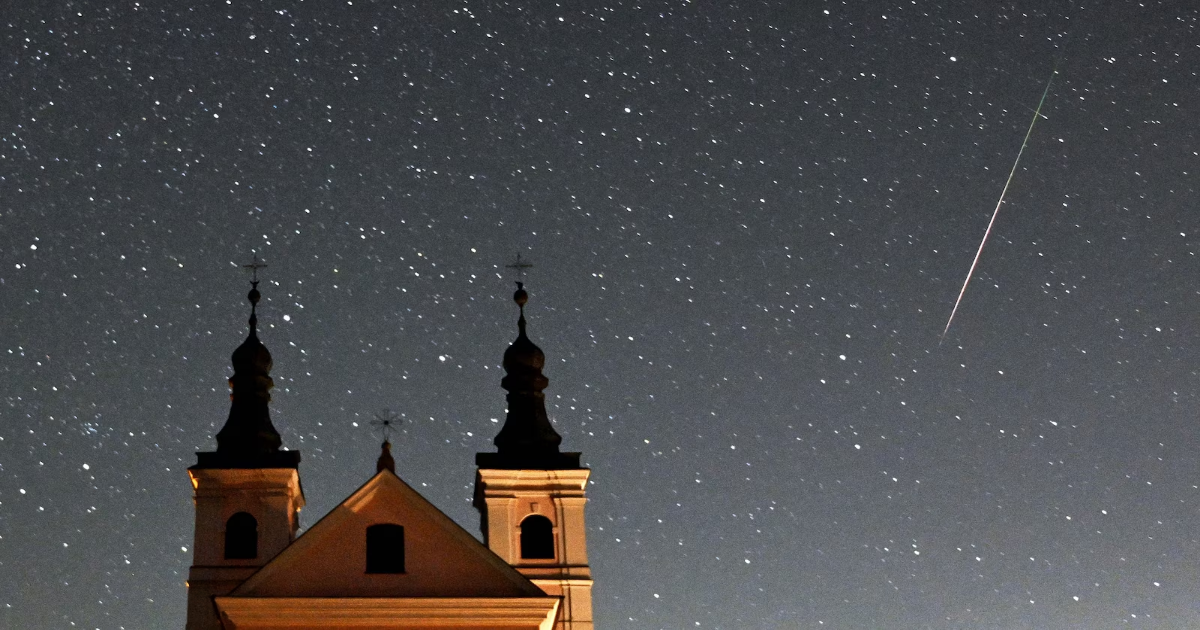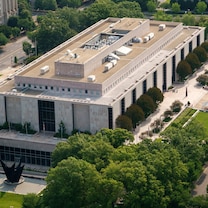Scientists predict up to 50 meteors per hour during peak viewing times.
The much-anticipated Perseid meteor shower, one of nature’s most dazzling sky shows, is set to peak Tuesday night into early Wednesday morning, lighting up skies across the Northern Hemisphere.
“The Perseids are caused by Earth running into trails of debris left behind by Comet Swift-Tuttle,” Bill Cooke, lead for NASA’s Meteoroid Environments Office, told ABC News.
The shower has been captivating humans since it was first recorded by Chinese astronomers in 36 A.D., nearly 2,000 years ago.

In this Aug. 12, 2024, file photo, a meteor crosses the night sky over a monastery in the village of Wigry, Suwalki region, Poland, during the annual Perseids meteor shower.
Sergei Gapon/AFP via Getty Images, FILE
For the best view of this celestial spectacle, timing is everything.
“The best time to see the Perseids would be in the wee hours of [Wednesday] morning, around 2 to 4 a.m.,” Cooke said.
If you want to catch the show you won’t need a telescope, Cooke said.
“You definitely do not want to use a telescope or binoculars, as the best way to see a meteor shower is to take in as much sky as possible,” Cooke advised. “Just use your eyes and enjoy the show!”
While this year’s display will be affected by moonlight, determined sky-watchers can still catch plenty of meteors.
“The average person under dark skies could see somewhere between 40 and 50 Perseids per hour,” Cooke said. “Instead, you’re probably going to see 10 to 20 per hour or fewer.”
These “shooting stars” are actually space debris from Comet Swift-Tuttle, which last visited our cosmic neighborhood in 1992, according to NASA press release. (The comet is named for the two scientists who discovered the comet in 1862, Lewis Swift and Horace Tuttle).
When these pieces hit Earth’s atmosphere, they create brilliant streaks of light across the night sky. The shower gets its name because the meteors appear to shoot out from near the Perseus constellation, NASA said.
For the best viewing experience, find a safe, dark spot away from city lights with a wide view of the sky. The shower will remain active until Sept. 1, though Tuesday night offers peak viewing opportunities. Just remember to dress warmly, bring a comfortable chair and give your eyes about 30 minutes to adjust to the darkness.
“You’re not going to see Perseids around suppertime,” Cooke said. “You’re going to have to go out later.”
But for those willing to stay up late, the celestial show promises to be worth the wait.



